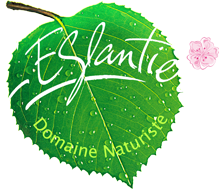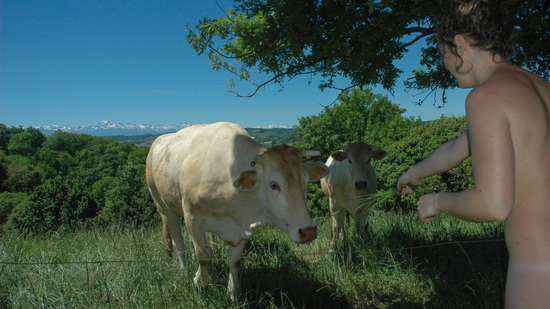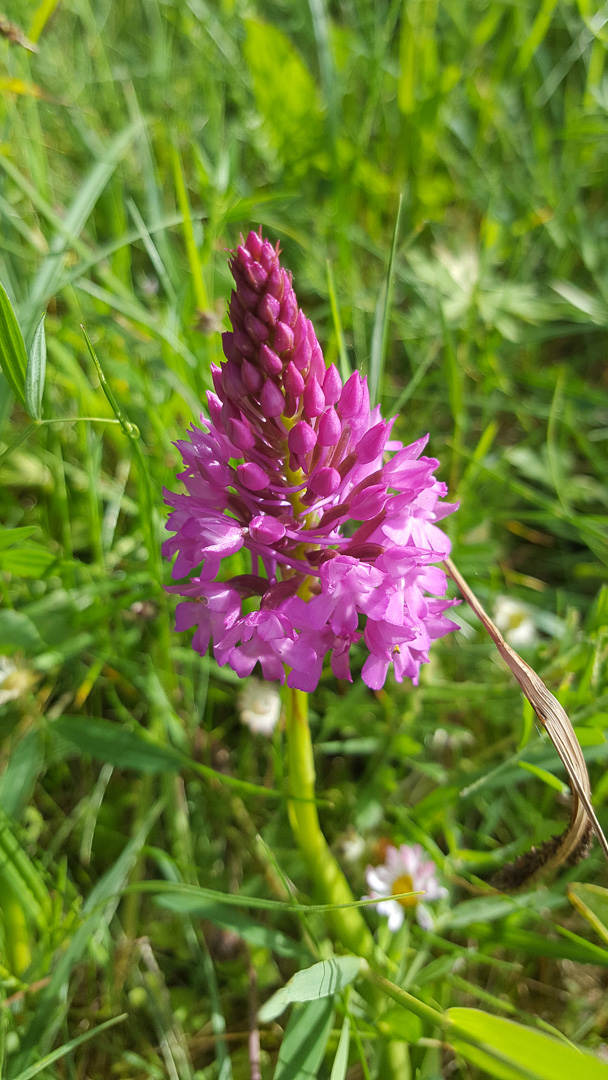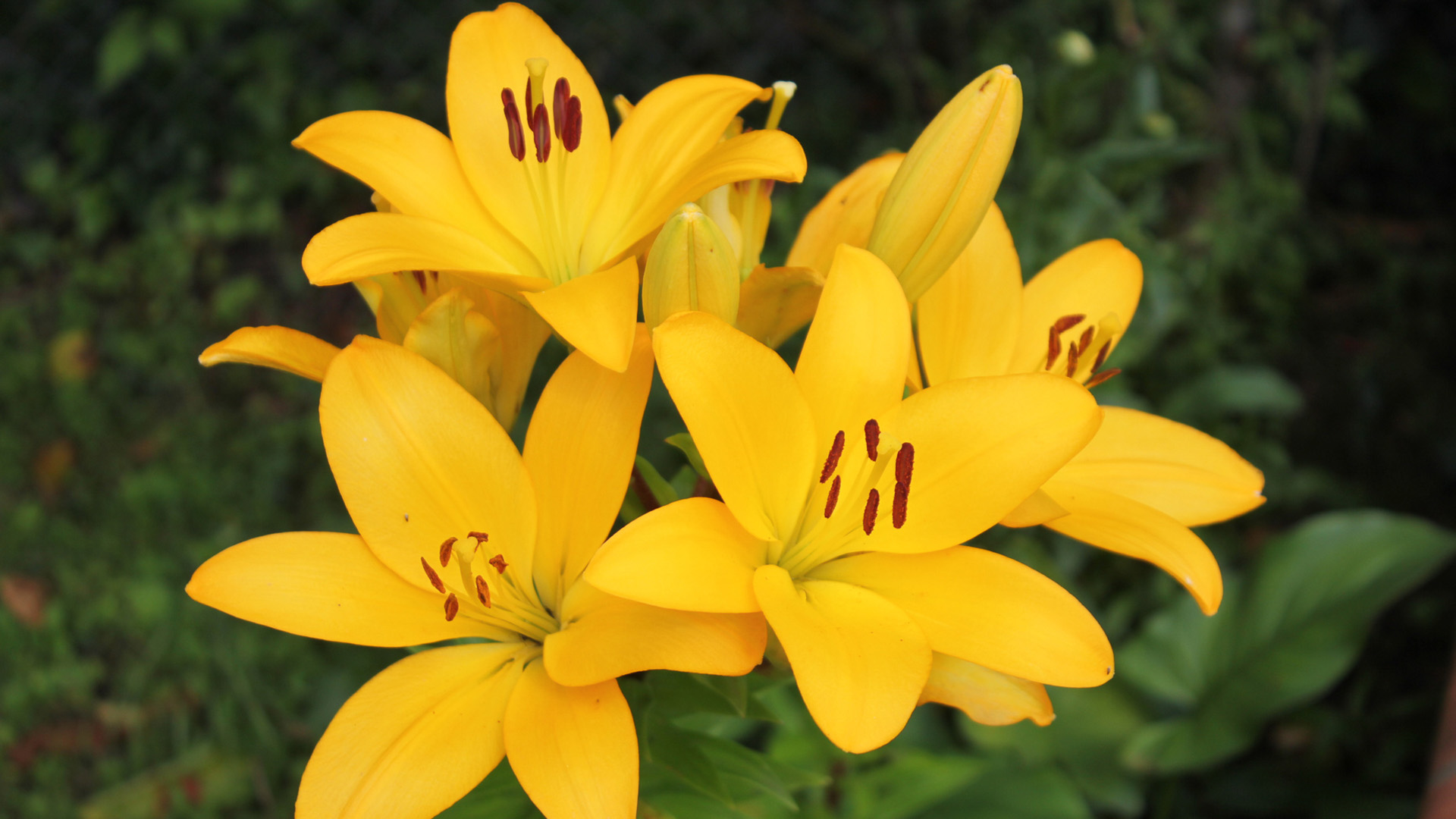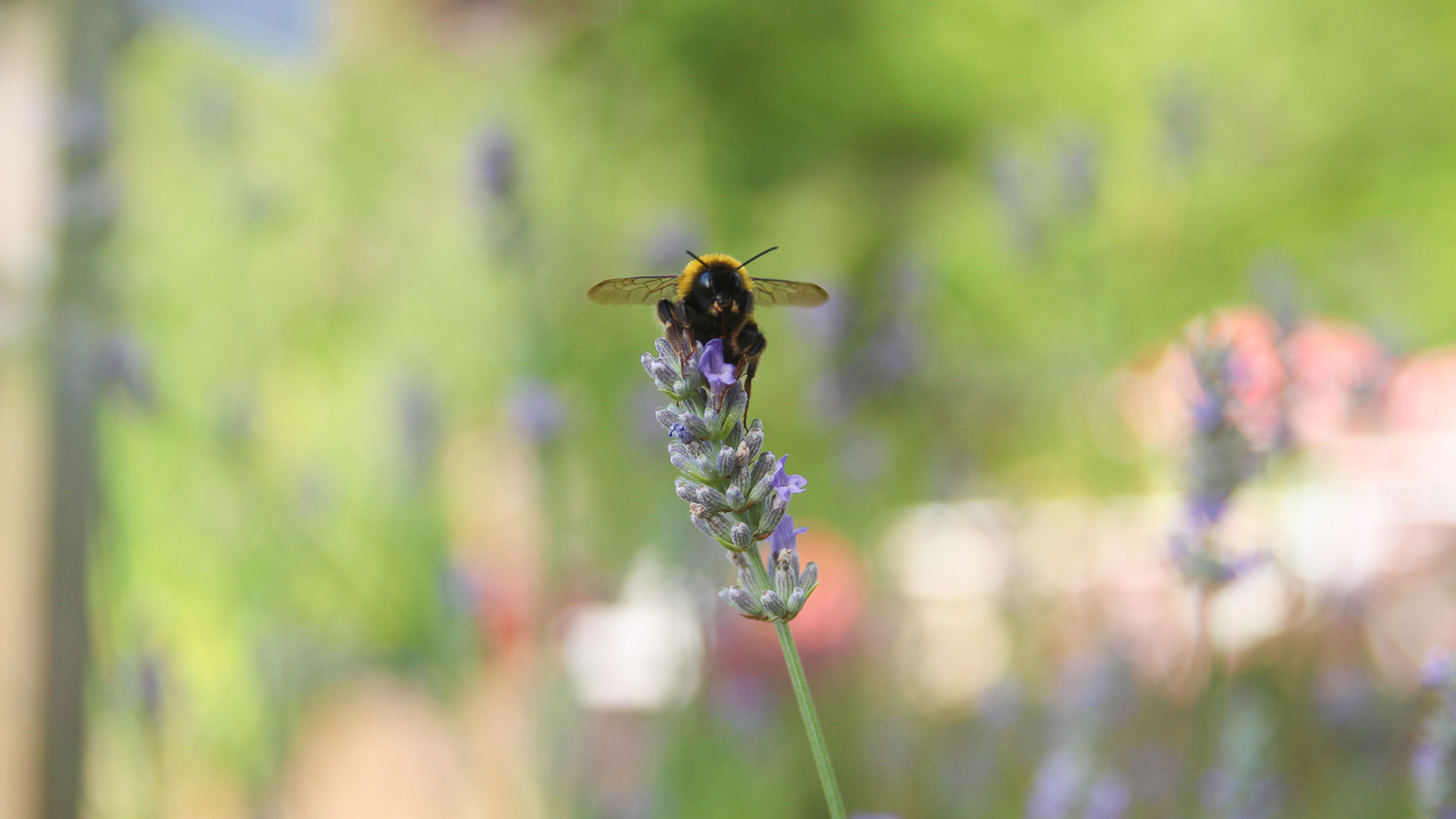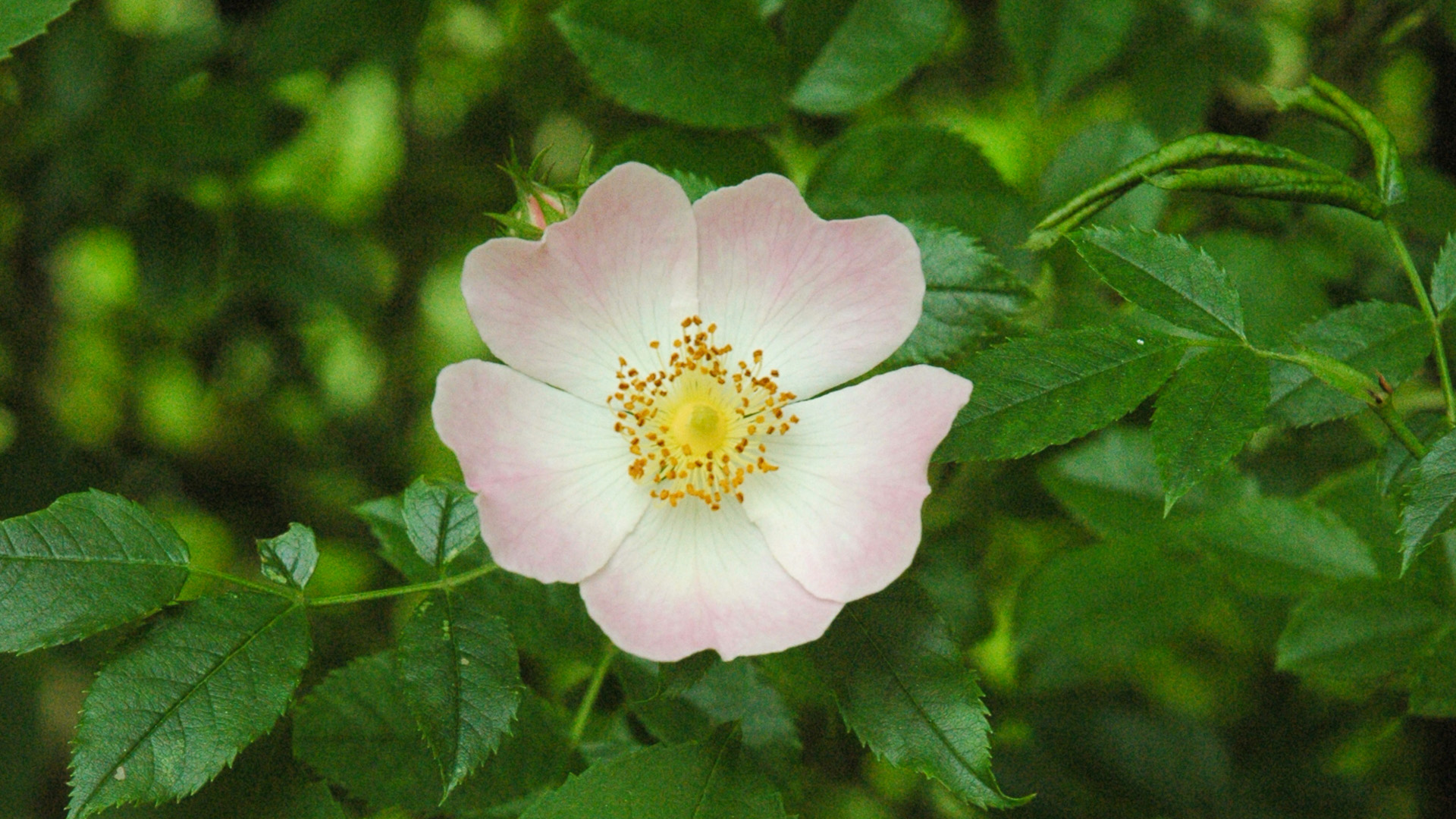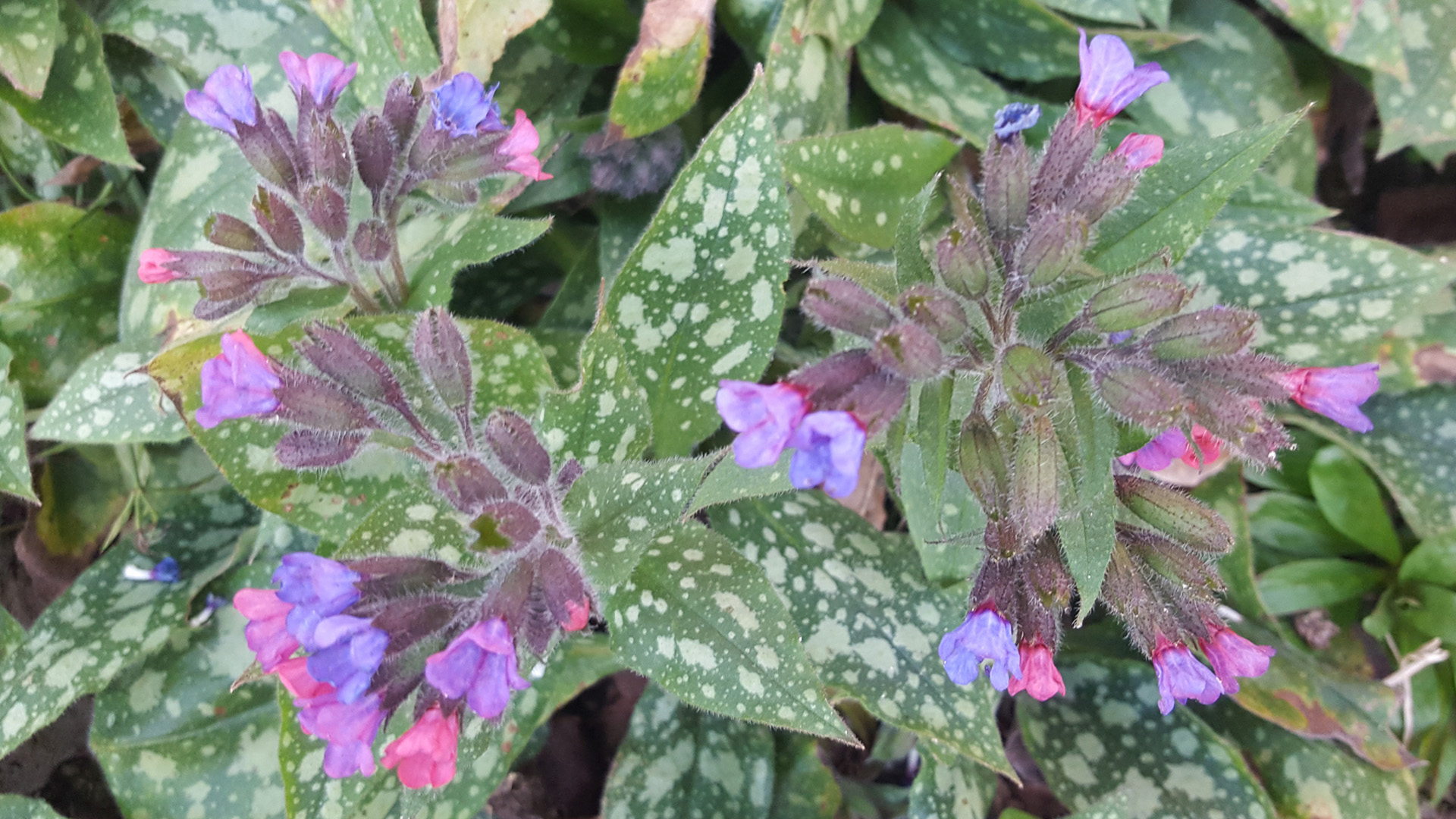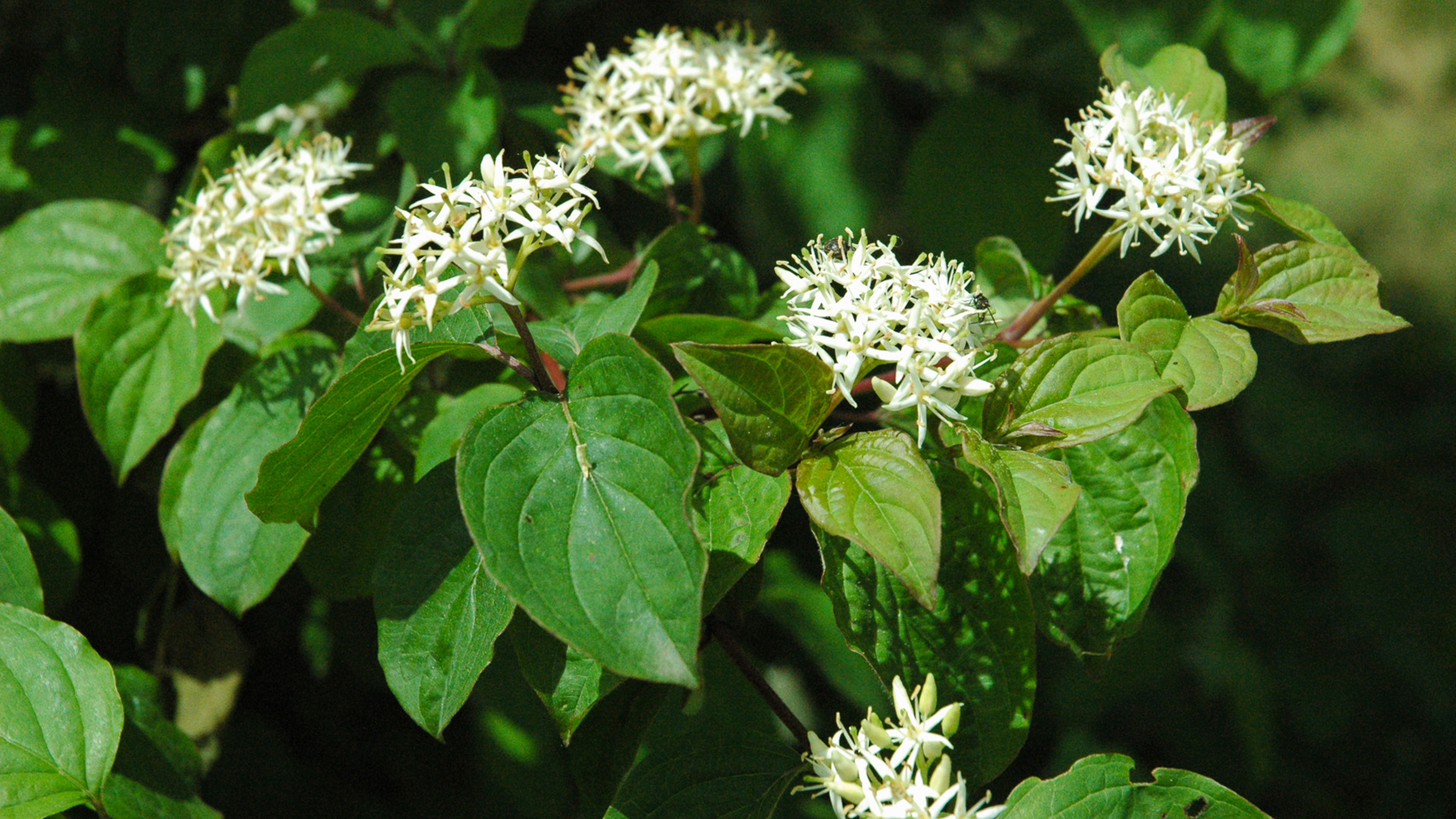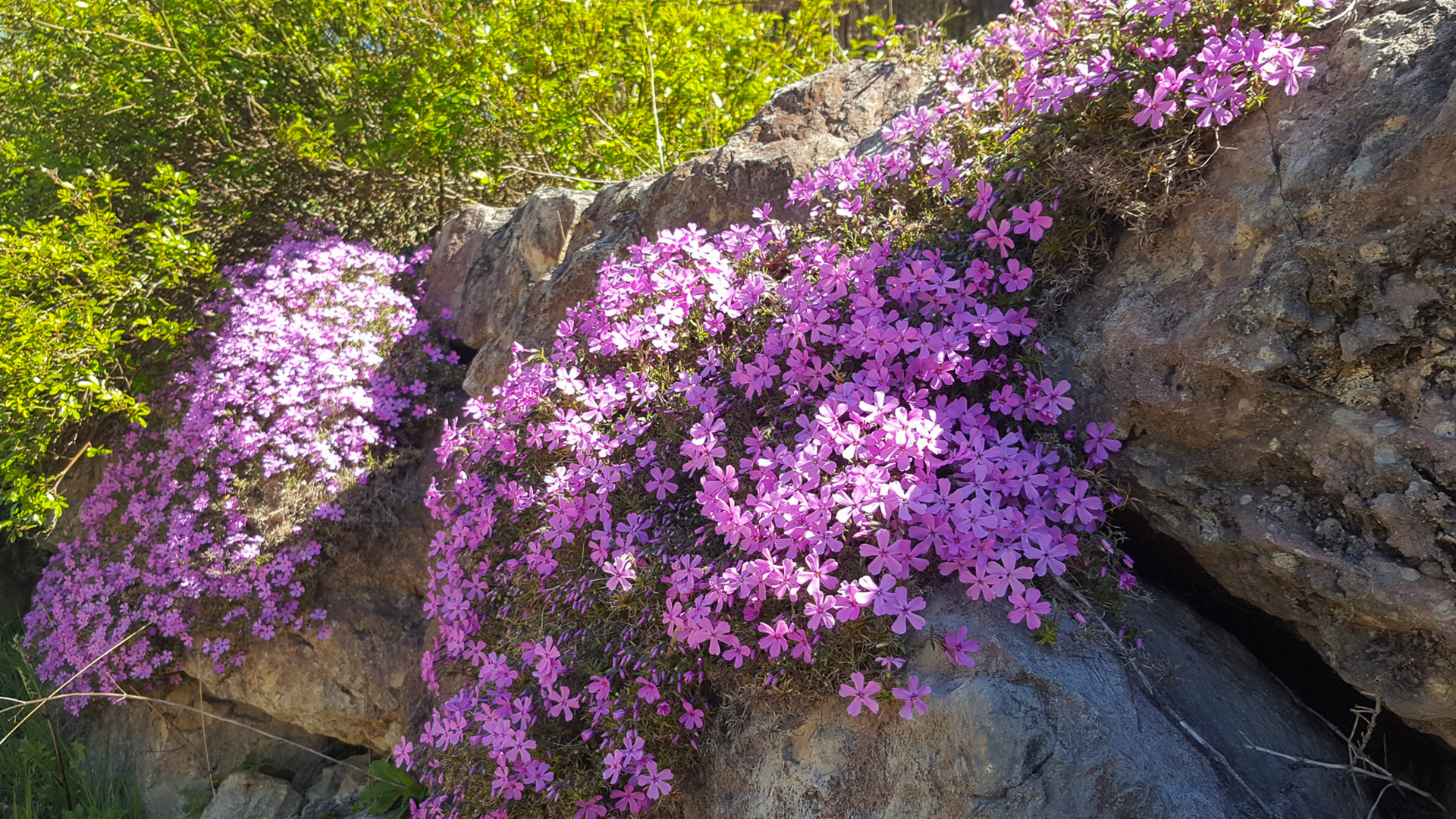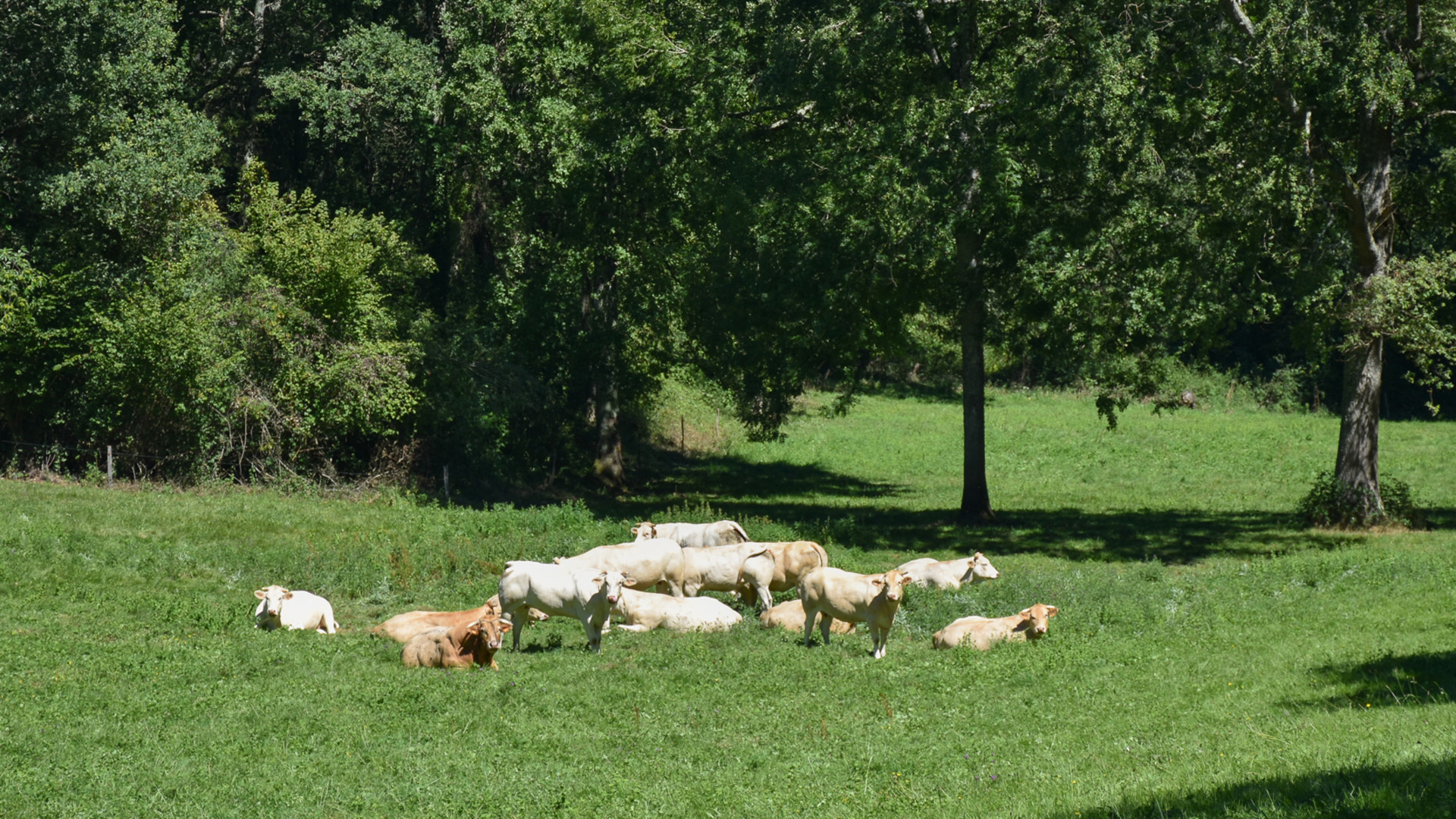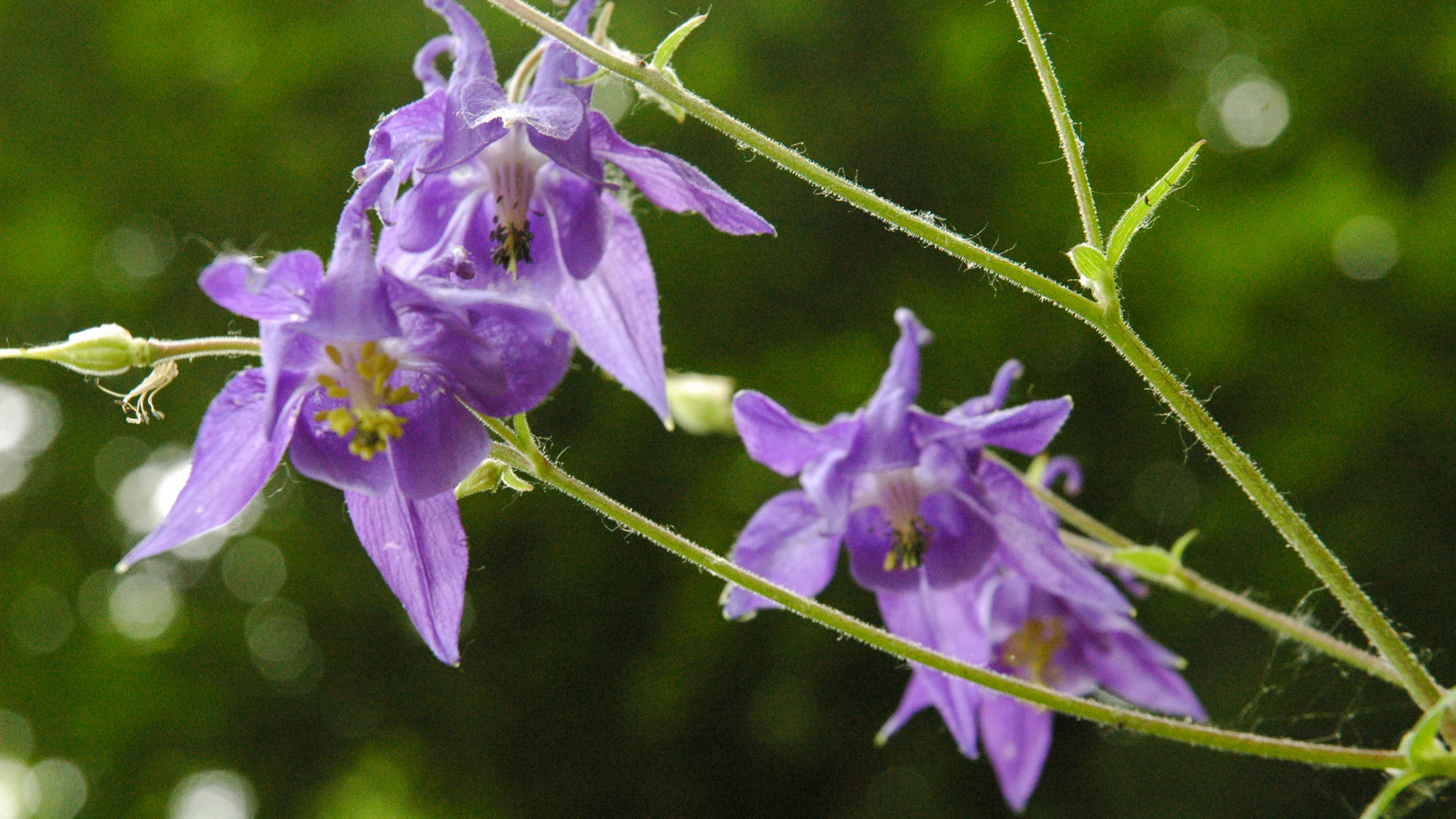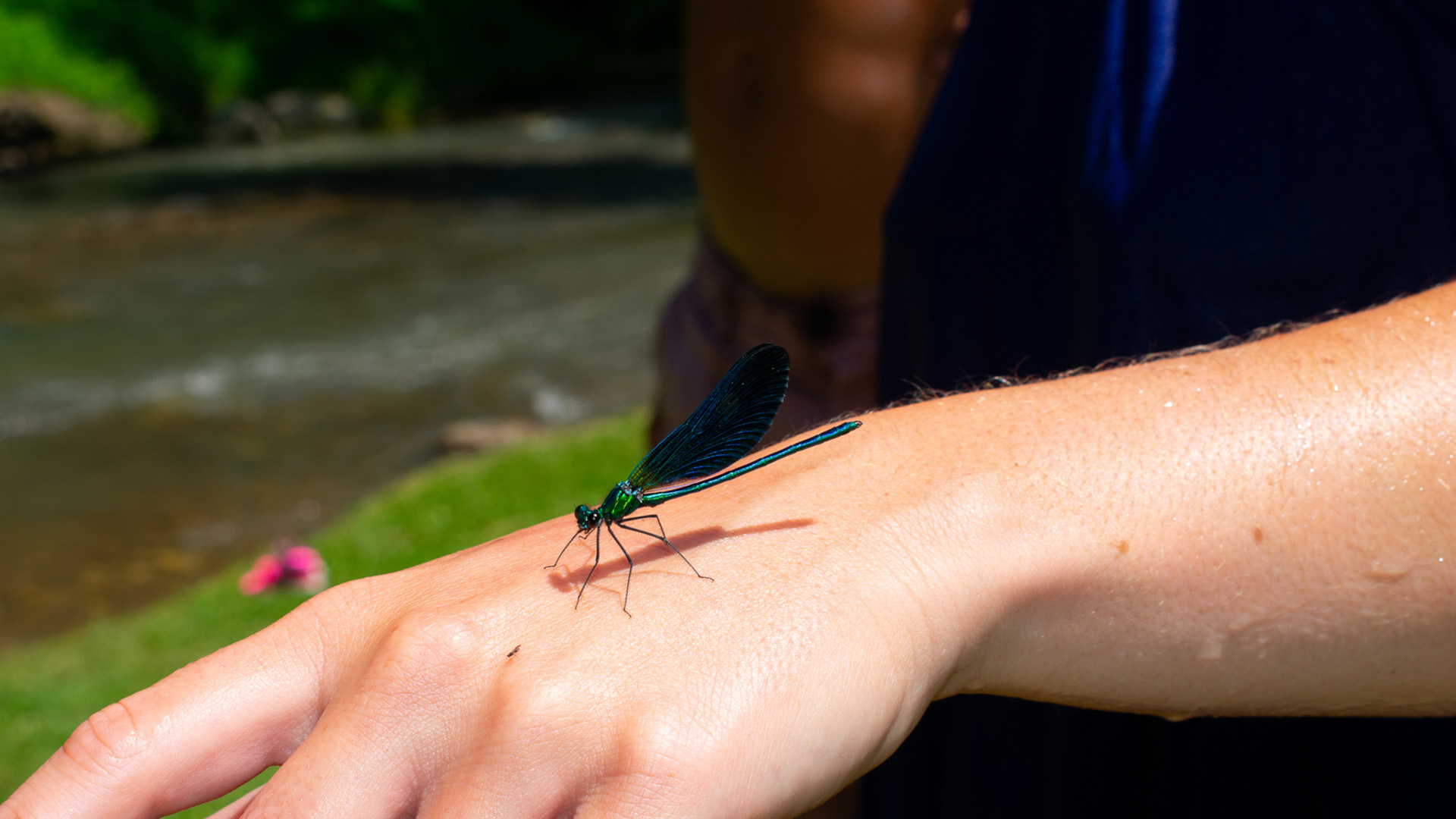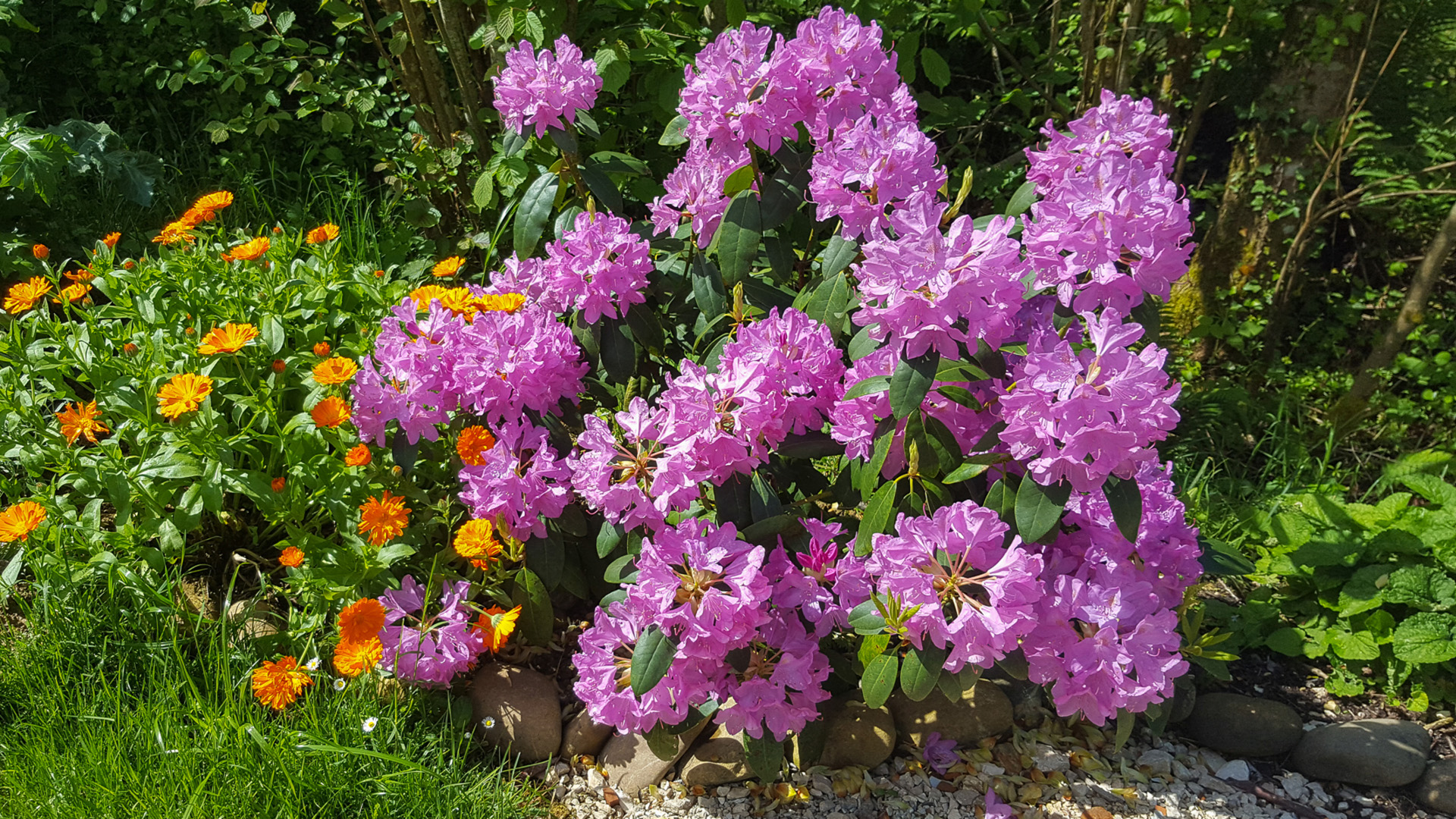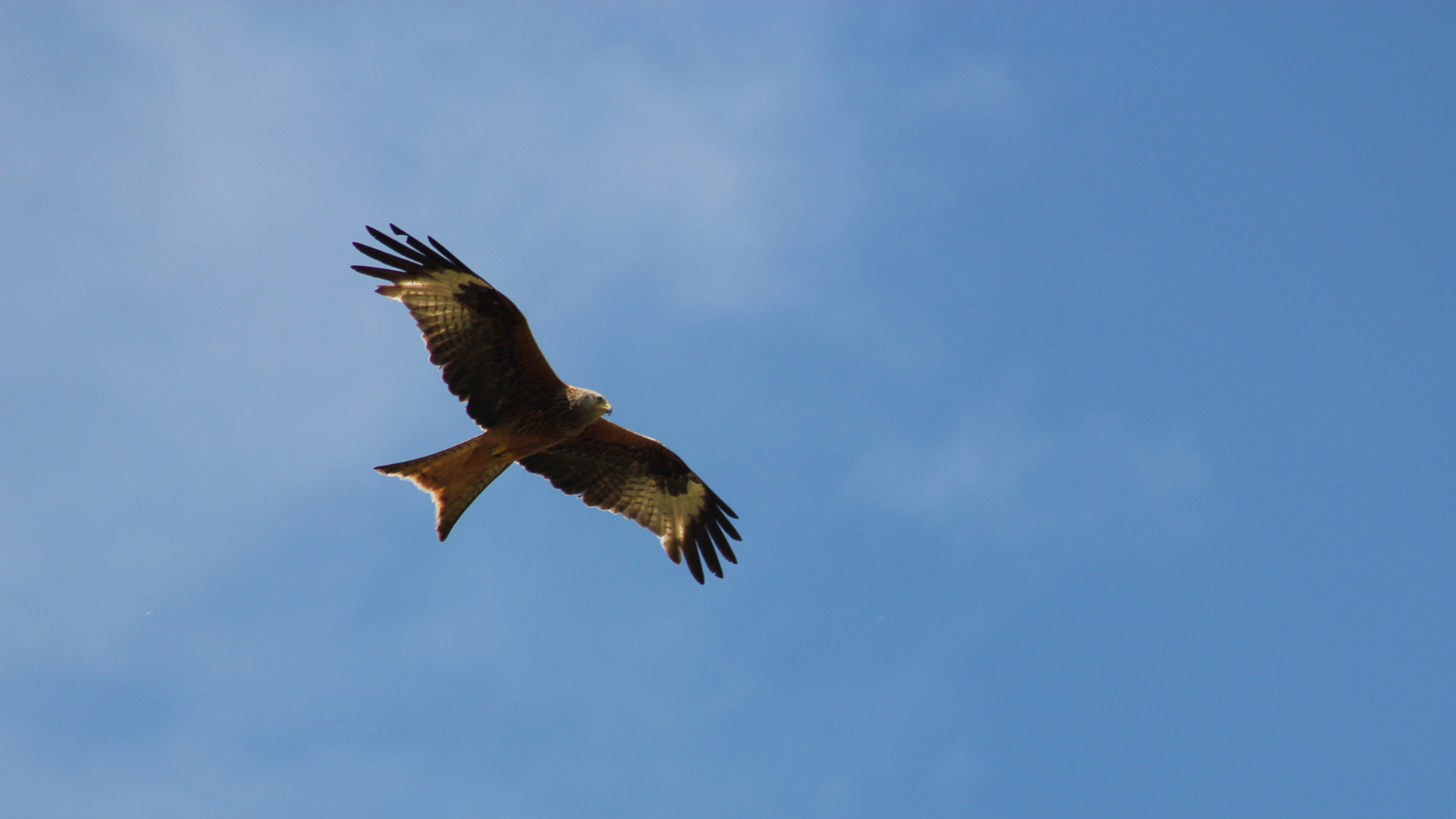Nature & Authenticity
Authenticity
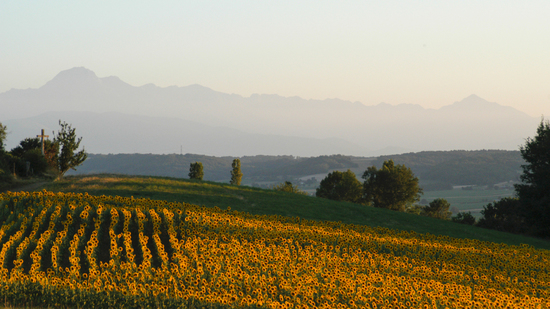
Authenticity
If it is the most apparent characteristic, naturism is not the only fact of living naked. Nudity is rather the consequence of the lifestyle of naturism. This is what distinguishes it from nudism which is an end in itself. The will expressed by the naturist is, as its name suggests, to get closer to nature, to live as much as possible in harmony with it. It also affirms the wish to erase the differences, often social, between people. The absence of clothes is a simple and convincing way to express this equality. It should be noted, however, that nudity is susceptible to accommodation, accepted and understood by all in certain specific cases, such as adolescent modesty; however, there will be no exceptions in other situations such as, for example, access to bathing places. Naturism is practiced mainly in family; from an early age, children, who are born in this absolute equality of individuals, are introduced to the values that underlie and lead to this absence of clothing. Respect for self and others is another fundamental point of naturism. To live naturism well, it is important to practice it in small family and friendly structures installed in a site where, in observance of the founding doctrine, authentic nature is preserved. In a site that will also allow each resident to find a pleasant family intimacy without having to be cloistered inside their accommodation. Rich with 35 years of experience, founded by quasi-pioneers of naturism, the domain l'Eglantière meets all the requirements of the "specifications" of the true naturist. Naturism is supervised by the International Federation of Naturism and by its French counterpart. Membership of the practitioner is optional. The Féraut family, owner of the l'Eglantière estate, is an active member of this federation. Confirmed naturist or beginner naturist or, even, aspiring naturist wishing to discover the practice, the domain Églantière, will offer to all to meet on a foot of perfect equality, considered and accepted in the same benevolent way by the whole community.
NATURE
Flora & Fauna
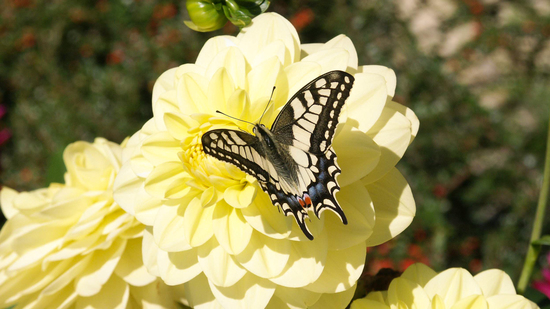
NATURE
Flora & Fauna
On foot, by bike or in a canoe - see and discover the abundance of nature at Domaine de l'EglantieÌ€re. Blue for Aquilegia, Echium, Iris or blue Pyrenean Thistle, both endemics; yellow for Lesser celandine, Broom, Ranunculus Acris; red for Rhododendron, Colchicum, Lilium martagon or Sempervivum mountanum; purple for Pyrenean Ramonda myconi, which is dedicated to Ramond de Carbonnières. All dependant of the season.
Eighty-two species of orchids (out of 150 counted in France) can be found in the mountains, up to 2000 meters high, of which the famous Cypripedium calceolus which only blossoms for a couple of weeks.
Did you know? In the “Bains du Salut” in Bagnères-de-Bigorre since 2001, the National Botanic Conservatory of the Pyrenees and Midi-Pyrénées compiles a permanent inventory of uncommon and threatened plants as well as setting intervention priorities for preservation matters.
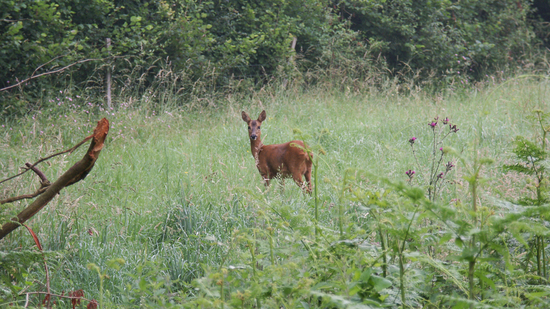
WATER
The many springs at Domaine de l'Eglantière give the area a varied, thick and well-irrigated vegetation, this you will discover as you walk through our nature paths.
The Domaine de l'Eglantières’ main feature is the river Gers, as it crosses the site here and there, its gentle, winding course brings freshness and tranquility. Here you will find trout and gudgeon playing on the water to the delight of our anglers.
LAND
The clay soil is home to century old oak, ash, wild rose, chestnut, acacia, willow and much more. Gathering berries and mushrooms, chestnuts and figs each year is a must for the connoisseur.
Among this varied vegetation it is not unusual to encounter salamanders, sheep, roe deer, squirrels, dormice, hares, hedgehogs, weasels, martens and not forgetting the age old crickets. With a little patience, photographers will be able to take stunning photos.
AIR
Pure air due to the untouched countryside and forest on and around our campsite. At night a starry sky and Milky Way and the Perseids are one of the brighter meteor showers of the year. They occur every year between July 17 and August 24 and tend to peak around August 9-13, and will amaze romantics and stargazers alike.
From sunrise on, you are sure to hear and perhaps also see the impressive diversity of birds in the area: jays, turtle doves, sparrows, robins, woodpeckers, thrashers, spotted woodpeckers, kingfishers and pheasants. But also : partridges, quails, kinglets, titmice, swallows, egrets, herons, wood pigeons and magnificent birds of prey - buzzards, red kites or hawks.
